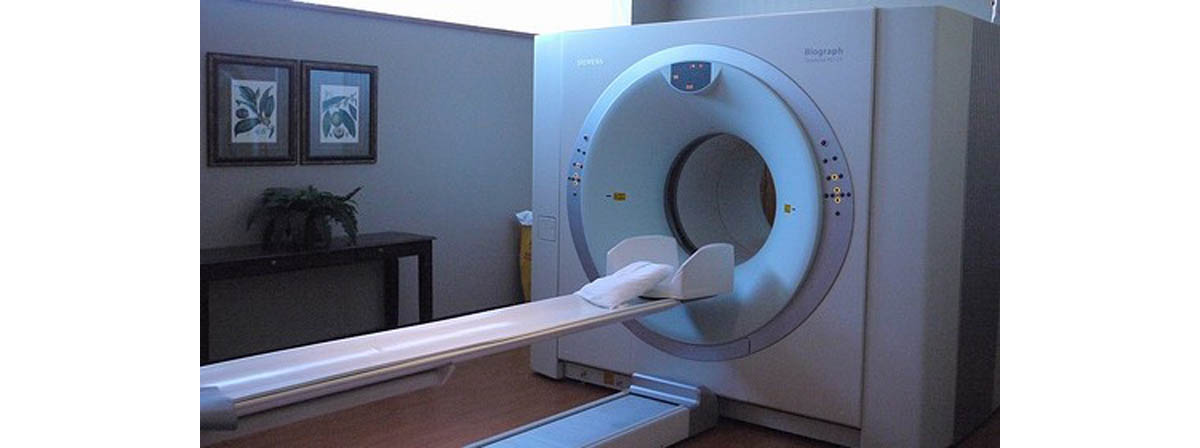Table of Contents
A woman who has inflammatory breast cancer may have a normal mammogram – that is, except for the denser breast tissues, no tumor is seen. However, if the physician suspects IBC, he may request for other imaging tests such as a breast ultrasound, which may reveal the presence of enlarged lymph nodes and breast tumors, if any.

Magnetic resonance imaging (MRI), positron emission tomography (PET) scan, and computed tomography (CT) scan may help detect tumors and lymph nodes. They may also be used in guiding a needle to obtain samples of tissue for biopsy, which will confirm the presence of cancer cells.
Therefore, it is never detected at an early stage and is always found at least in the locally advanced (stage IIIB) state when first diagnosed.
This makes it more difficult to achieve successful treatment compared to other types of breast cancer. To determine the extent of spread of the disease, further tests may be done, including:
- X-ray, MRI or CT scan of the brain, chest, abdomen and pelvis to determine metastasis to the brain, lungs and other internal organs
- Bone scan, to determine if bones have been affected
- Liver function tests, to determine liver involvement
In addition to these, the doctor may also request for tests to determine the presence of hormone receptors for estrogen and progesterone. They may also check for HER2 receptors, the presence of which increase tumor growth. The results of these tests will aid in the management of the disease.
Treatments
The management of advanced IBC involves the combination of various treatments, including:
- Chemotherapy, a systemic type of treatment that involves taking pills or injecting drugs that can kill cancer cells and prevent their spread.
- Surgery to remove the breast cancer.
- Radiation therapy, to shrink the tumor.
- Targeted drug therapy, to kill cancer cells without affecting normal cells.
- Hormonal therapy, to reduce tumor response to certain hormones.
- Herceptin therapy, to block rapid tumor cell growth.
The use of these therapeutic modalities will depend on various factors such as the stage and response of the cancer to treatment, the general health of the patient, and the patient's preference.
Prognosis
Although in the past, patients were found to live only about 18 months (average) after diagnosis, advances in treatment has increased survival rates. Previous data gathered by the National Cancer Institute shows that for patients who were diagnosed with IBC between 1988 and 2001, about 40% survived the disease five years after they were initially diagnosed.
This 5-year survival rate is much lower than the rate for other types of breast cancer, which was about 87%.
- Photo courtesy of Arkansas ShutterBug by Flickr : www.flickr.com/photos/tanyaspillane/3060063652/
- Photo courtesy of Thirteen Of Clubs by Flickr : www.flickr.com/photos/thirteenofclubs/5490413146/
- www.breastcancer.org
- www.cancer.org
- www.webmd.com
- www.abcactionnews.com

